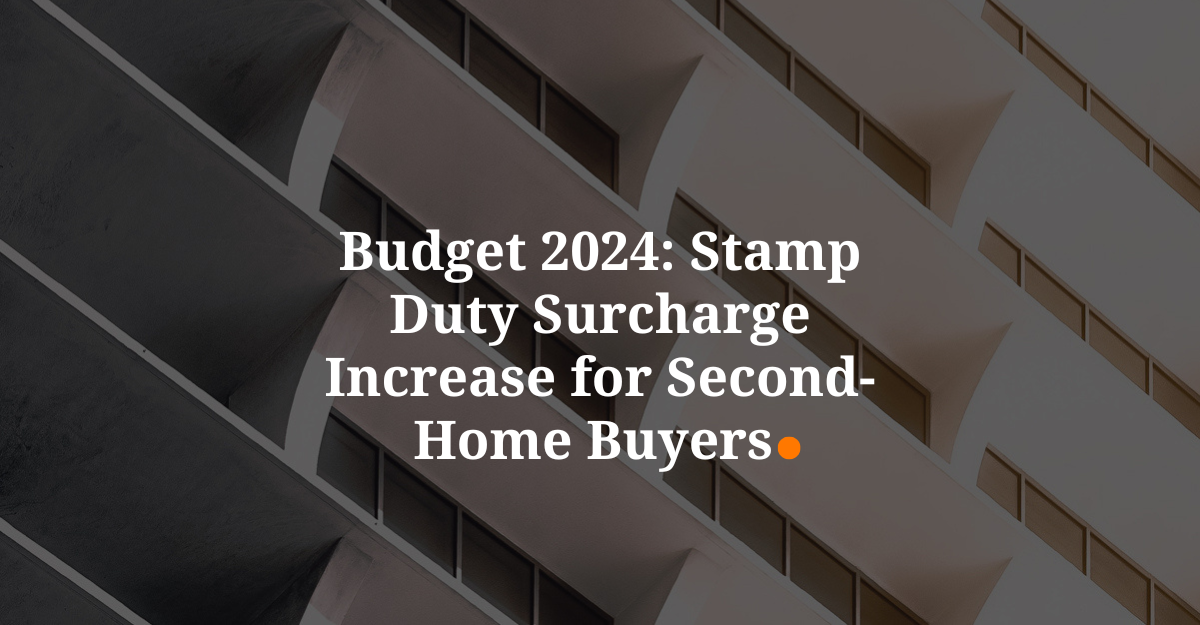(Previously published in Today’s Conveyancer)
For the last few years, conveyancing has been tough, with pressure piling on from all corners. But while the average time from instruction to completion in 2023 was 64% longer than it was in 2007, rising from 75 days to 123 days, there is hope. With the 2023 slump showing the fewest completions in years, we have been able to get under the bonnet of what is slowing the market down. It is evidently not just a capacity issue, and we now have a clearer view of the path we, as an industry, should take to make a difference.
As part of our residential conveyancing market research report, we interviewed 500 people who bought or sold a property between 2021 and 2023. In those interviews, we sought to understand what consumers really think about moving home.
To add colour to the report and paint a truly holistic picture of residential conveyancing as we look to 2024, we wanted to dive into their thoughts and expectations. Across the industry, we can build services better tailored to an ever-changing consumer expectation– a timely discussion in National Conveyancing Week.
Read the full report Residential Conveyancing: What does the future hold for 2024?
Home movers want better communication
It is fair to say, communication is the home mover’s single biggest frustration. Our research showed 52% of people believed better communication between the triangle of estate agent, lender and conveyancer would have improved their experience. 35% want more communication from the conveyancer, and 35% want more communication from the estate agent. 28% wanted more communication from their lender. This is as much a timeliness topic as it is about progress updates.
Says Rob Gurney, managing director at Ochresoft, “For this to happen, everyone – conveyancers, estate agents and consumers – needs to pull together. The focus now should be on collaboration and relationship building. The Material Information requirements, confirmed at the end of 2023, will help considerably because much of the information estate agents need to gather is traditionally in the conveyancer’s realm, so they need to collaborate if they’re going to use the upfront material information agenda to make relevant and effective changes.”
Better technology
To aid communication, conveyancers and home movers agreed that improved or more efficient technology would have the biggest positive impact on both sides’ property transaction experience. This is about changing our ways of working together, not the process itself. After all, society in general relies increasingly on technology for communication at home and work, so home movers have high expectations of the professions they interact with in their property transactions.
In conveyancing, we know there is a wholesale shift towards improved digitisation, but there is still some way to go. 74% of the conveyancers we spoke with believe the pace of cultural change has been too slow in adopting new technology – 38% of respondents, for example, still manually open files, and 39% use non-digital transaction forms, deeds and documents.
“Refining our cross-industry workflows will put conveyancing, and the home movers market, in a better position to face the future,” agrees Rob Gurney.
Home movers would like more transparency as their transaction progresses, ideally interacting with estate agents, lenders and conveyancers through online portals or mobile apps. Similarly, conveyancers would benefit considerably by handing time-consuming and repetitive tasks of conveyancing, like AML and source-of-funds checks, to automation and more streamlined digital workflow tools.
Faster transactions
An outcome of better communication and use of technology should be more certainty and faster transactions. Ask the average home mover about ideal offer-to-completion timelines and they converge to around eight weeks. The current average time is seventeen weeks, so there is work to do to meet home mover expectations. As 2023 showed us, slow transactions are not a capacity issue.
Our research shows the sticking point is chasing or being chased on incomplete information; conveyancers dedicate up to 39% of their workday on dealing with enquiries. Right now, this is a major pain point in property transactions.
Historically, information gathering only started at the point of offer, but, as Rob Gurney points out, “the upfront information agenda has been building momentum over the last 12 months. As an industry, we need to instruct the seller’s lawyer at property listing rather than when the property sells, so the property is in a much better position to transact quickly when it has a buyer. With a complete contract pack ready for the buyer’s lawyer as soon as an offer is accepted, the enquiries process could all but disappear because the pack answers all the questions.”
At Ochresoft, we’re committed to changing the industry for the better and supporting our clients. There are lots of technology solutions on the market to help on the periphery of conveyancing, but our focus is helping lawyers with the bread and butter. We’re unpicking the industry to identify where we can speed up, streamline and deliver genuine efficiency, so everyone wins.
Source: Landmark Information Group Market Research. September 2023.



